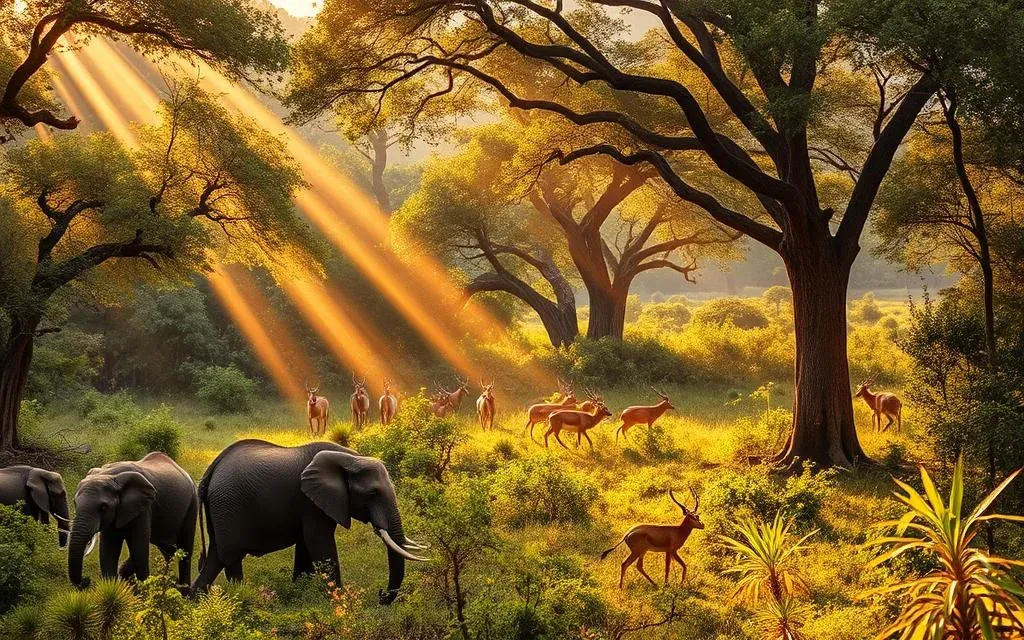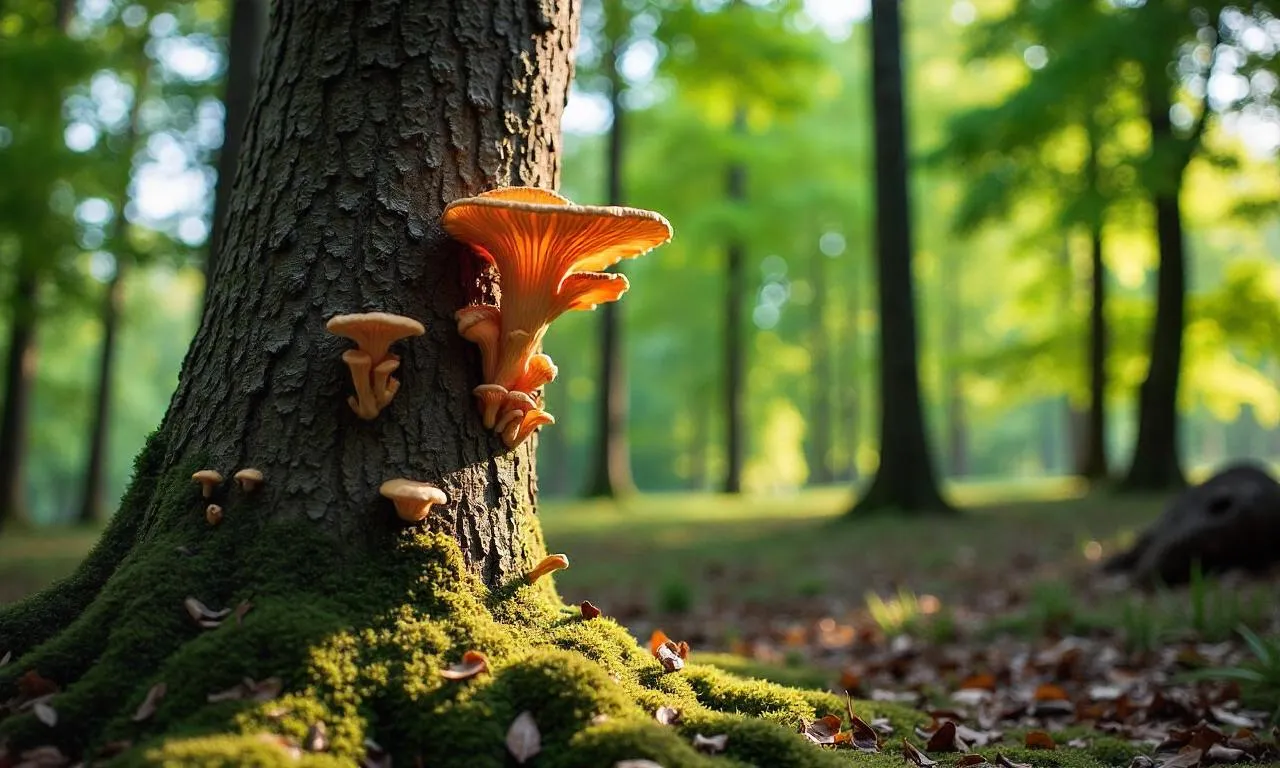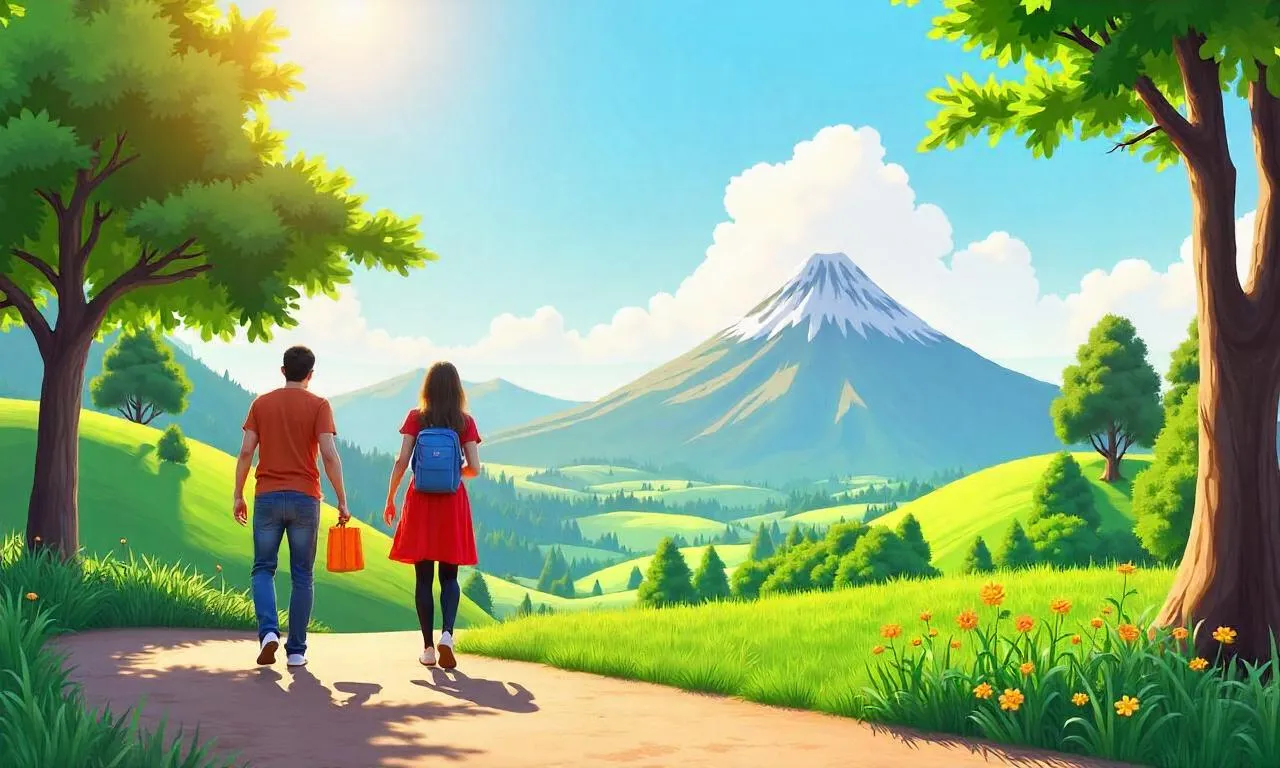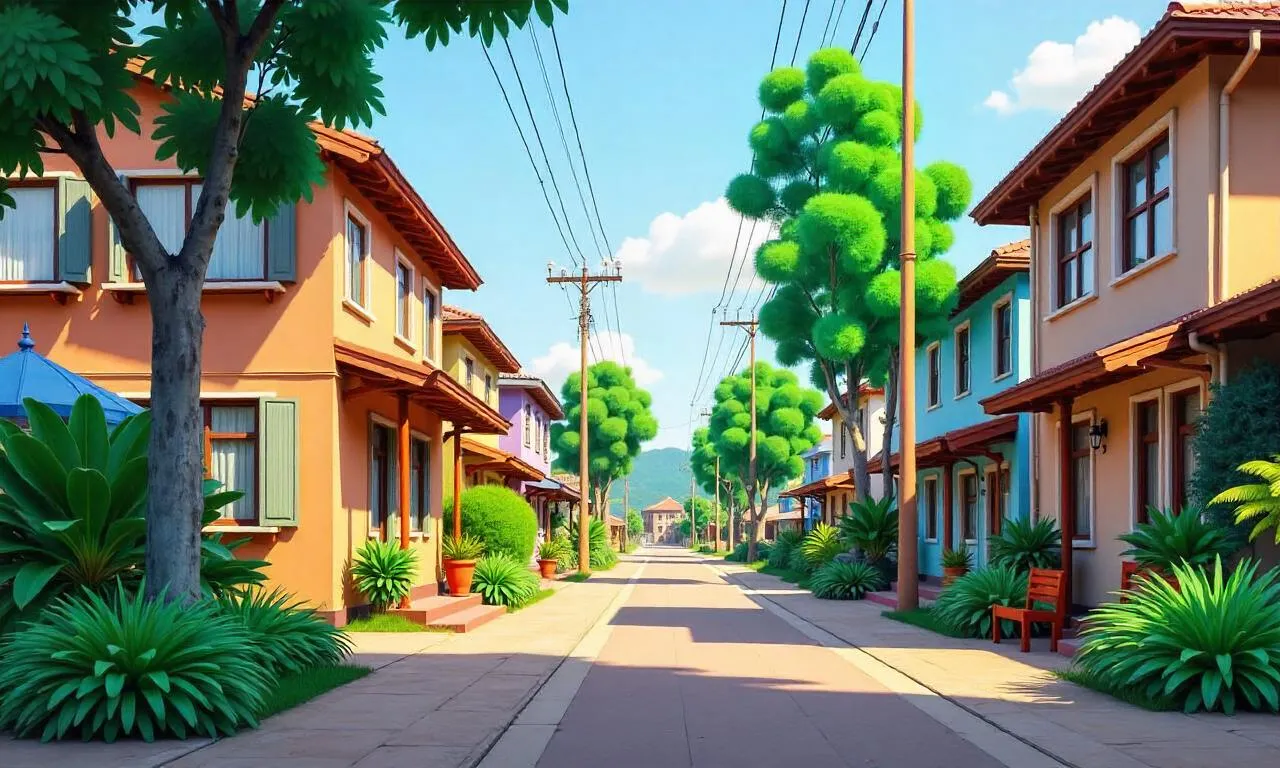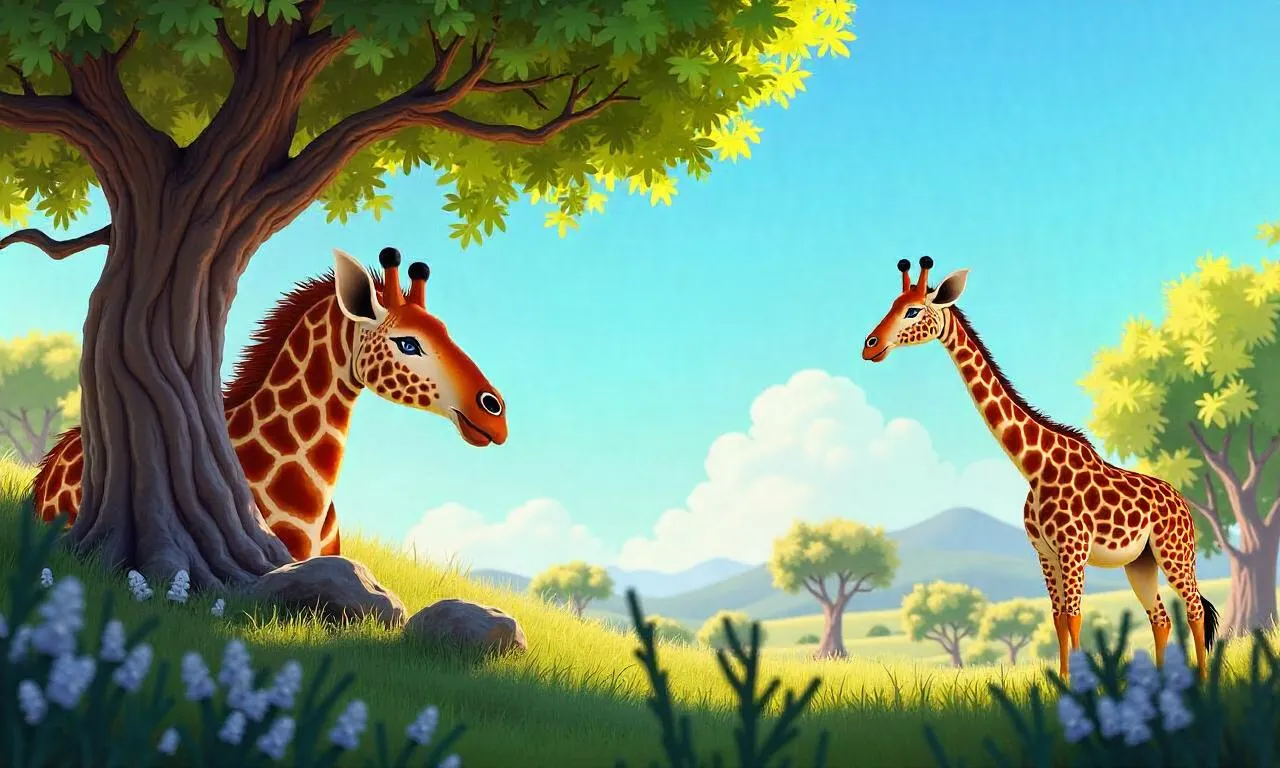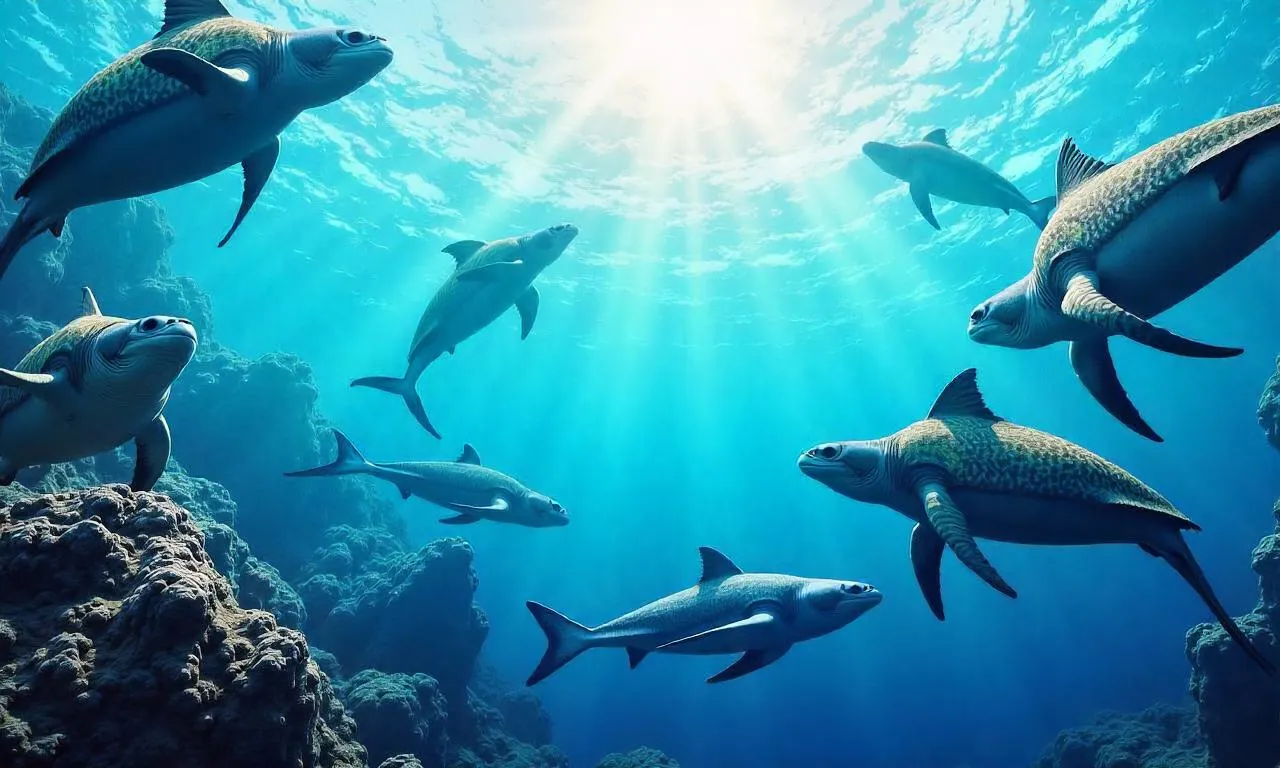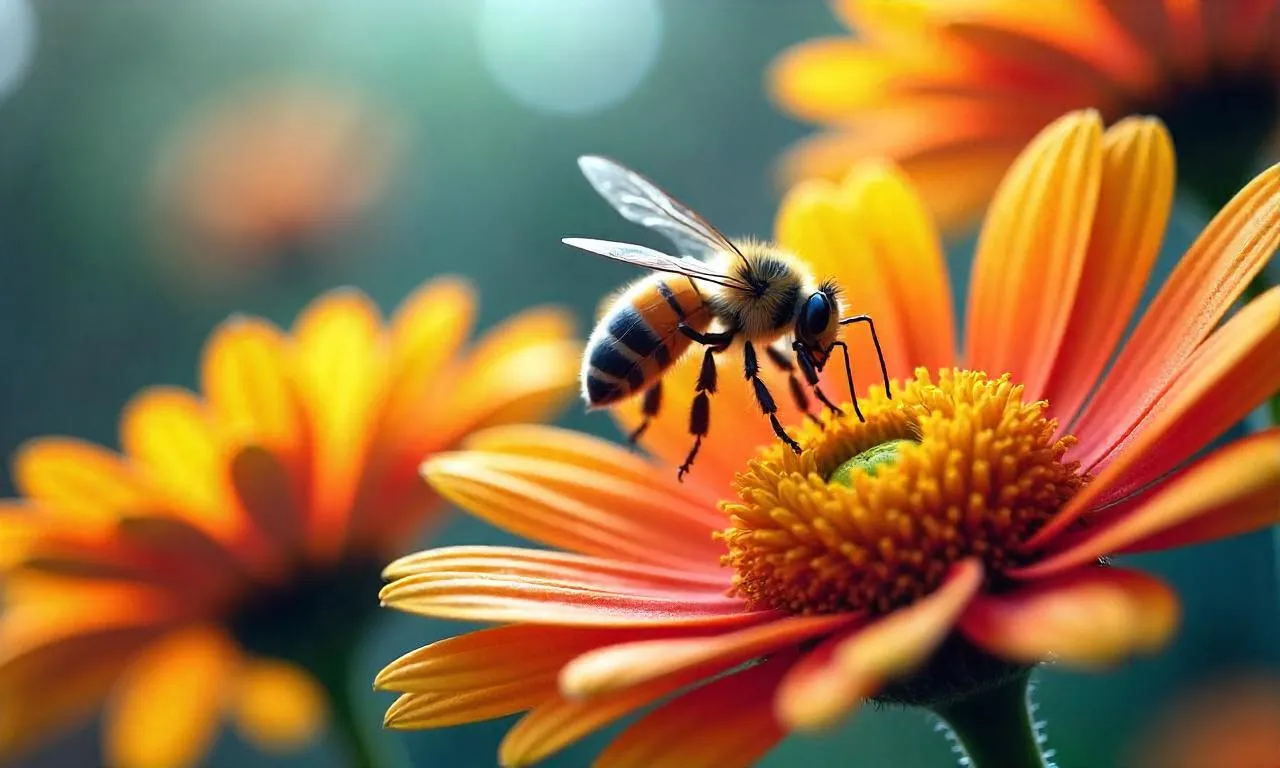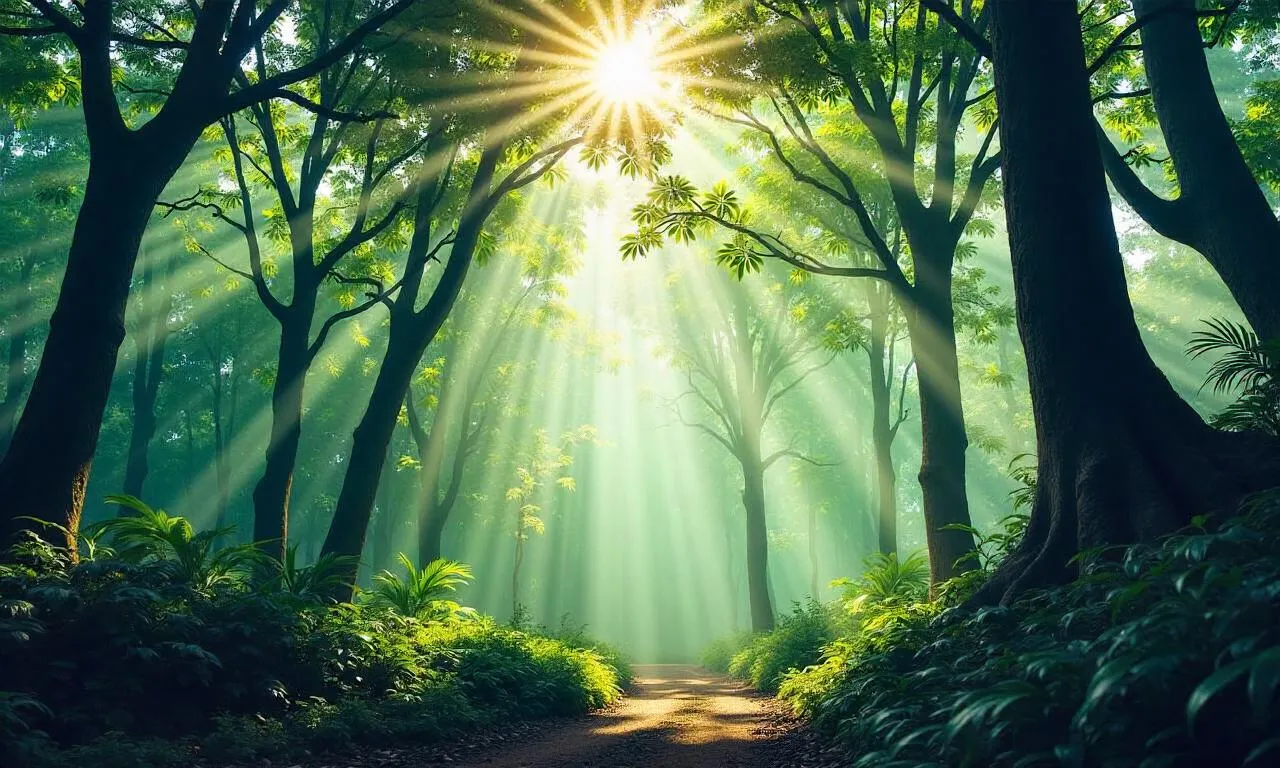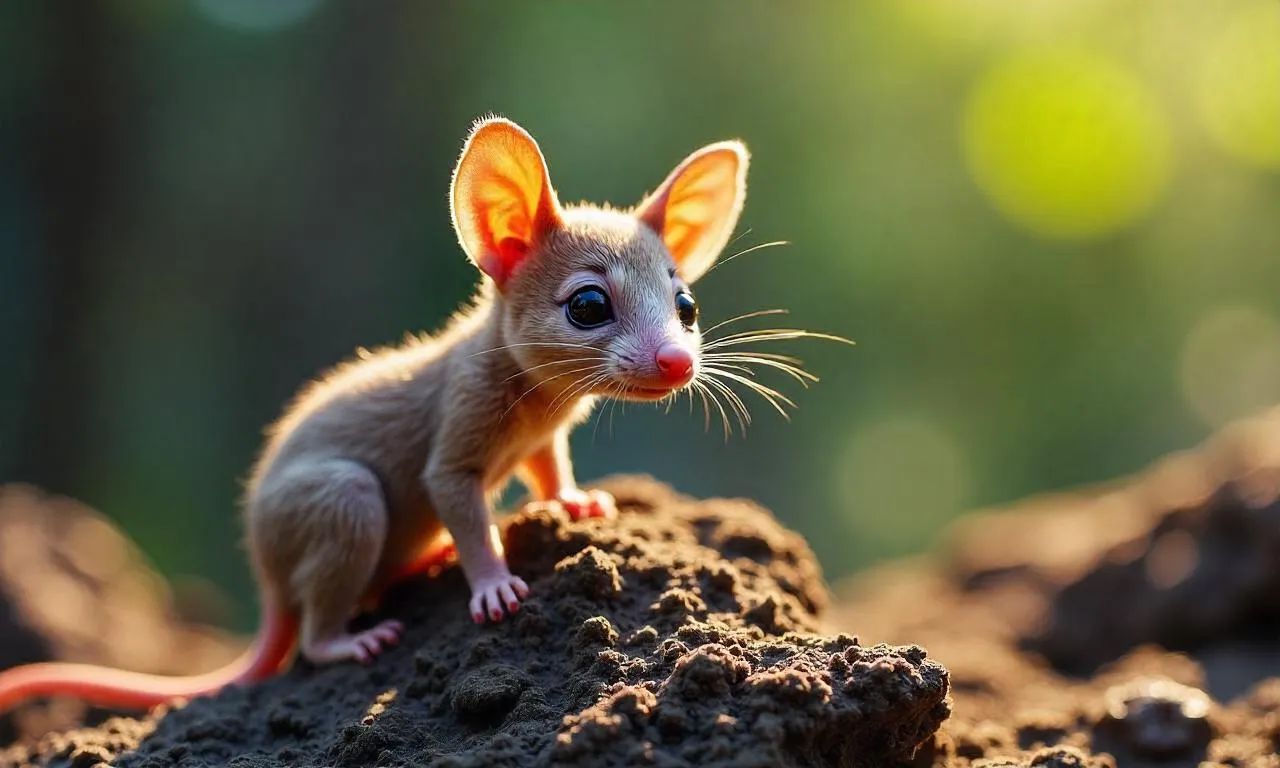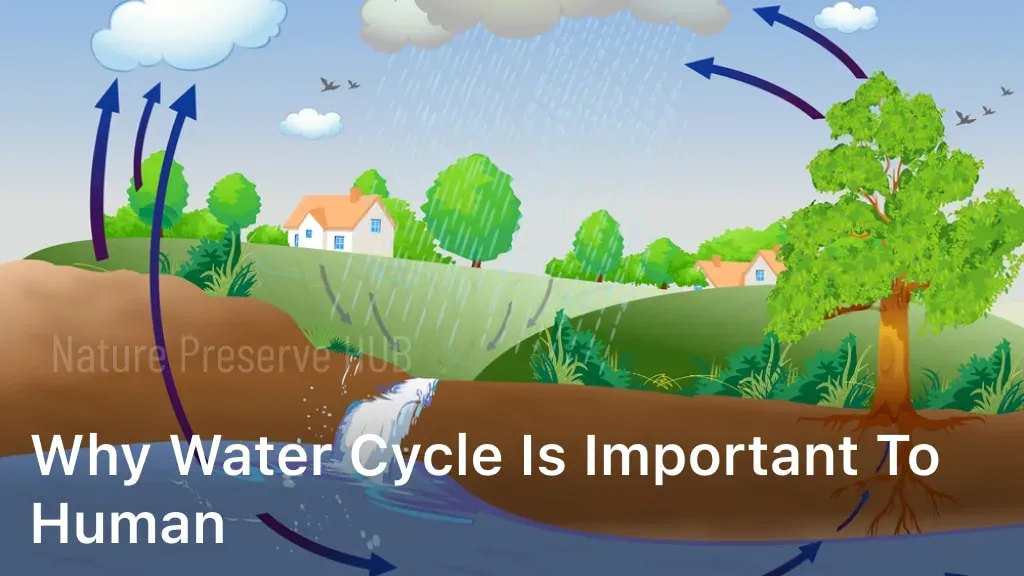Have you ever wondered how small changes in your backyard can make a big difference for the environment? Creating welcoming spaces for species like butterflies and amphibians can transform your area into a thriving ecosystem. These efforts not only benefit wildlife but also enrich our communities.
Designing a wildlife pond or planting a butterfly garden provides essential resources like food, shelter, and breeding spaces. These habitats encourage biodiversity and help reduce the impact of pollution and habitat loss. Every action, no matter how small, contributes to the protection of our environment.
By taking simple steps, we can create a healthier world for both animals and humans. Join us in exploring practical ways to make a positive impact. Together, we can build a future where nature thrives.
Table of Contents
ToggleUnderstanding the Importance of Local Wildlife Conservation
Our daily actions often shape the future of the ecosystems around us. From urban expansion to chemical use, human activities have a significant impact on the survival of species. By understanding these effects, we can take steps to protect wildlife and ensure a healthier environment for all.
Impact of Human Activity on Wildlife
Human activities like deforestation, pollution, and urban development lead to habitat loss and degradation. These changes reduce food sources, shelter, and safe breeding areas for many species. For example, amphibians often struggle to survive in polluted water, while birds lose nesting sites due to tree removal.
Key consequences of unchecked human actions include:
- Increased pollution affecting air, water, and soil quality.
- Habitat destruction forcing species to relocate or face extinction.
- Disruption of ecosystems, leading to imbalances in predator-prey relationships.
Benefits of Biodiversity Conservation
Conserving biodiversity brings numerous advantages to our environment and communities. Healthy ecosystems provide essential services like clean air, water filtration, and soil fertility. They also offer protection against natural disasters and climate change.
Examples of conservation benefits:
- Improved ecosystem stability and resilience.
- Increased availability of natural resources like food and medicine.
- Enhanced beauty and recreational value of natural areas.
Simple actions, such as planting native trees or creating urban gardens, can make a big difference. These efforts provide habitats for butterflies, birds, and other species, enriching our communities and fostering a deeper connection with nature.
How to Support Local Wildlife Conservation in Your Community
Small changes in our neighborhoods can create a big impact on the environment. By working together, we can transform our communities into thriving ecosystems. From planting native flowers to building bird feeders, every action matters.
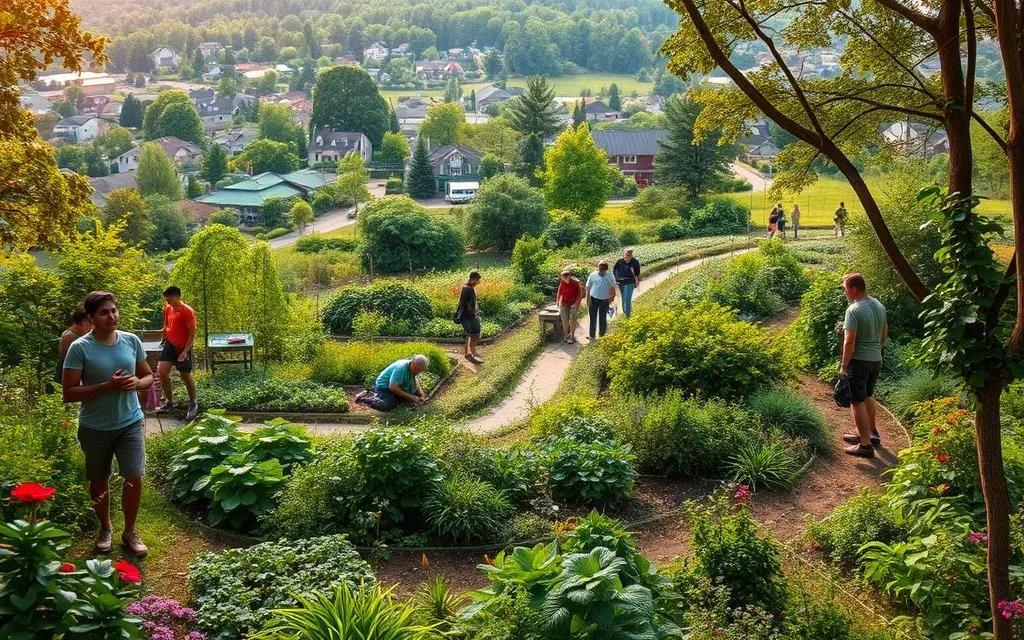
Taking Action at the Neighborhood Level
Start by creating spaces that welcome wildlife. Plant native trees and flowers to provide food and shelter for birds and butterflies. Build bird feeders or small ponds to attract species to your area.
Here are some simple steps to get started:
- Organize community gardening projects to grow native plants.
- Install birdhouses or bat boxes to offer safe nesting spots.
- Create mini wildlife sanctuaries in unused spaces.
Collaborating with Local Organizations
Partnering with groups like Froglife or conservation centers amplifies our efforts. These organizations provide resources and expertise to help protect species and habitats. Together, we can make a bigger difference.
Consider these collaboration ideas:
- Join citizen science projects to monitor local wildlife populations.
- Volunteer for habitat restoration or clean-up events.
- Attend workshops to learn more about conservation techniques.
| Initiative | Benefits | Species Supported |
|---|---|---|
| Community Gardening | Provides food and shelter | Birds, butterflies |
| Building Bird Feeders | Attracts local bird populations | Songbirds, sparrows |
| Creating Ponds | Supports aquatic species | Frogs, dragonflies |
Creating Wildlife-Friendly Gardens and Natural Habitats
Gardens can be more than just beautiful—they can be vital for the environment. By designing spaces that welcome diverse species, we contribute to healthier ecosystems. These efforts provide food, shelter, and breeding grounds for animals, enriching our surroundings.
Designing a Butterfly and Bee Garden
Butterflies and bees play a crucial role in pollination. To attract them, plant flowering species that bloom throughout the season. Choose varieties like lavender, sunflowers, and milkweed, which provide nectar and pollen. Avoid pesticides to ensure a safe habitat for these essential pollinators.
Building a Water Feature for Local Species
Water features like shallow ponds or birdbaths are excellent additions to any garden. They serve as reliable water sources and breeding grounds for amphibians and insects. Place rocks or plants around the edges to create safe access for smaller species.
Using Native Plants to Support Ecosystems
Native plants are adapted to local conditions and require less maintenance. They provide food and shelter for birds, insects, and other wildlife. Examples include oak trees, wildflowers, and grasses. By planting native species, we strengthen the local ecosystem and reduce environmental impact.
Thoughtfully planned gardens can transform traditional lawns into interconnected habitats. These spaces improve species survival, reduce pollution, and bring us closer to nature. Start small, and watch your garden become a thriving sanctuary for life.
Implementing Practical Conservation Techniques at Home
Transforming your home into a haven for nature starts with simple, thoughtful actions. By making small changes, we can create a welcoming space for local species and contribute to a healthier ecosystem. These efforts not only benefit animals but also enrich our surroundings.
Establishing Safe Water Sources
Providing clean and accessible water is essential for many species. Birdbaths, shallow ponds, or even small dishes can serve as reliable resources. These features attract birds, amphibians, and insects, offering them a safe place to drink and bathe.
Place rocks or plants around water features to help smaller animals access them safely. Regularly clean and refill these sources to ensure they remain a healthy option for wildlife.
Avoiding Harmful Pesticides and Chemicals
Chemicals like pesticides and fertilizers can harm both animals and humans. They disrupt ecosystems, contaminate water sources, and reduce food availability for species like butterflies and bees. Opting for organic alternatives protects wildlife and promotes a healthier environment.
Natural pest control methods, such as companion planting or introducing beneficial insects, are effective and eco-friendly. These practices maintain a balanced habitat while reducing pollution.
By implementing these techniques, we can make a significant impact on local conservation efforts. Every step we take at home contributes to a larger effort to protect and preserve our natural world.
Engaging with Local Conservation Efforts and Volunteer Opportunities
Every person can play a role in protecting the natural world around them. By connecting with local initiatives, we contribute to healthier ecosystems and stronger communities. Whether through citizen science projects or hands-on volunteering, there are countless ways to make a meaningful impact.
Joining Citizen Science Projects
Citizen science projects allow individuals to contribute valuable data on local species. Programs like butterfly counts and bird nesting observations help researchers track populations and identify trends. These efforts provide critical insights into the health of our ecosystems.
Examples of successful projects include:
- Monitoring bird migration patterns to understand habitat needs.
- Tracking butterfly populations to assess environmental changes.
- Recording frog calls to study amphibian health in specific areas.
Volunteer Opportunities in Conservation
Volunteering is a powerful way to support conservation efforts. Activities like habitat restoration, clean-up events, and assisting at wildlife centers directly benefit local species. These projects also foster a sense of community and shared purpose.
Here are some steps to get involved:
- Sign up for local conservation events through organizations like the National Wildlife Federation.
- Participate in habitat restoration projects to improve natural spaces.
- Volunteer at wildlife centers to care for animals and educate the public.
| Initiative | Benefits | Species Supported |
|---|---|---|
| Butterfly Counts | Tracks population trends | Butterflies, bees |
| Bird Nesting Observations | Monitors breeding success | Songbirds, raptors |
| Habitat Restoration | Improves natural spaces | Frogs, insects, birds |
By joining hands with others, we amplify our impact on the environment. Together, we can create a healthier world for all species and future generations.
Innovative Ideas for Sustainable Wildlife Support
Innovative approaches can reshape the way we interact with our environment. By adopting new methods, we can create a positive impact on ecosystems and the species that depend on them. From cutting-edge technologies to community-driven initiatives, these ideas pave the way for a sustainable future.
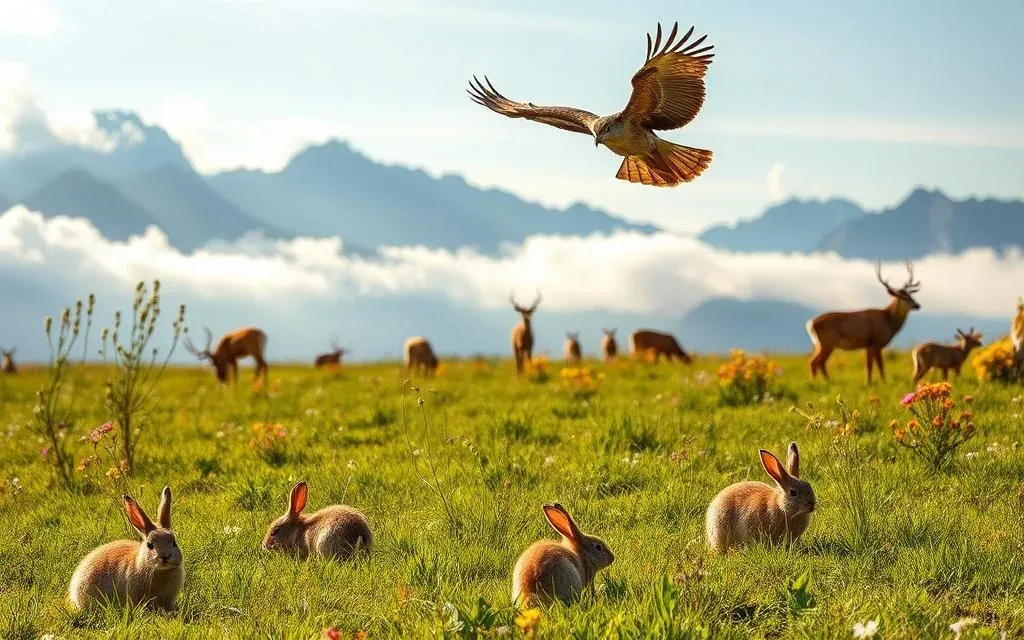
Exploring Eco-Friendly Technologies
Modern technologies are revolutionizing conservation efforts. Solar-powered birdhouses, for example, provide safe nesting spaces while reducing energy consumption. Rainwater harvesting systems ensure a reliable water source for animals, even in dry seasons.
Other innovations include biodegradable planters and eco-friendly fencing materials. These tools minimize environmental harm while supporting diverse species. By integrating such technologies, we enhance habitat quality and reduce pollution.
Advocating for Local Policy Changes
Government policies play a crucial role in protecting wildlife. Advocating for stricter regulations on deforestation and pollution can safeguard habitats. Local ordinances promoting green spaces and native plant use also make a significant difference.
Community-led campaigns can influence decision-makers to prioritize conservation. By working together, we ensure that policies reflect the needs of both people and animals.
Sharing Success Stories from the Community
Inspiring examples show what’s possible when communities take action. One neighborhood transformed an abandoned lot into a thriving butterfly garden. Another group installed bird feeders and saw a 30% increase in local bird populations.
These stories highlight the power of collective effort. They motivate others to explore creative solutions and make a lasting impact in their areas.
| Initiative | Benefits | Species Supported |
|---|---|---|
| Solar-Powered Birdhouses | Safe nesting, energy-efficient | Birds, small mammals |
| Rainwater Harvesting | Reliable water source | Amphibians, insects |
| Community Gardens | Food and shelter | Butterflies, bees |
Conclusion
Every effort we make, no matter how small, contributes to a healthier planet for all species. From planting native trees to creating safe water sources, our actions strengthen ecosystems and protect habitats. These steps ensure that animals, plants, and people thrive together.
By transforming gardens into biodiverse areas, we provide food and shelter for countless species. Collaborating with organizations amplifies our impact, helping to restore balance in our world. Even simple changes, like avoiding harmful chemicals, make a significant difference.
Together, we can ensure a sustainable future for our planet. Let’s continue to take action, stay informed, and work collectively to preserve the beauty and diversity of our natural world.
FAQ
Why is protecting local species crucial for our environment?
Safeguarding local species helps maintain balanced ecosystems, ensuring resources like food and water remain abundant. It also supports the survival of mammals, birds, and insects, which play vital roles in pollination and pest control.
What steps can we take to create a wildlife-friendly garden?
Planting native flowers and trees provides essential shelter and food sources. Adding a water feature, like a small pond, can attract butterflies and birds, while avoiding harmful pesticides protects their health.
How can we collaborate with local organizations to aid conservation?
Partnering with groups focused on habitat protection allows us to join efforts like citizen science projects. These initiatives help monitor species populations and implement solutions to combat habitat loss.
What are some eco-friendly technologies we can use to support wildlife?
Installing birdhouses, bat boxes, or solar-powered water sources can enhance shelter and resource availability. These innovations reduce pollution and create safer environments for animals.
How does advocating for local policy changes benefit wildlife?
Pushing for policies that protect natural areas and reduce pollution ensures long-term habitat preservation. These changes can mitigate the impact of human activity on ecosystems and promote species survival.
What role do native plants play in supporting local ecosystems?
Native plants provide food and shelter for pollinators like bees and butterflies. They also require less water and maintenance, making them a sustainable choice for gardens and natural habitats.
How can we engage our community in conservation efforts?
Organizing events like tree planting or clean-up drives fosters collective action. Sharing success stories and educating others about the value of biodiversity inspires more people to get involved.

